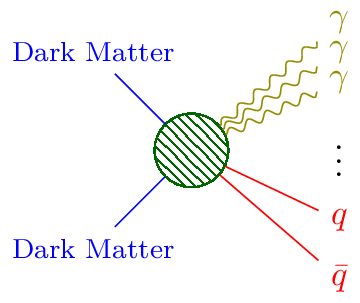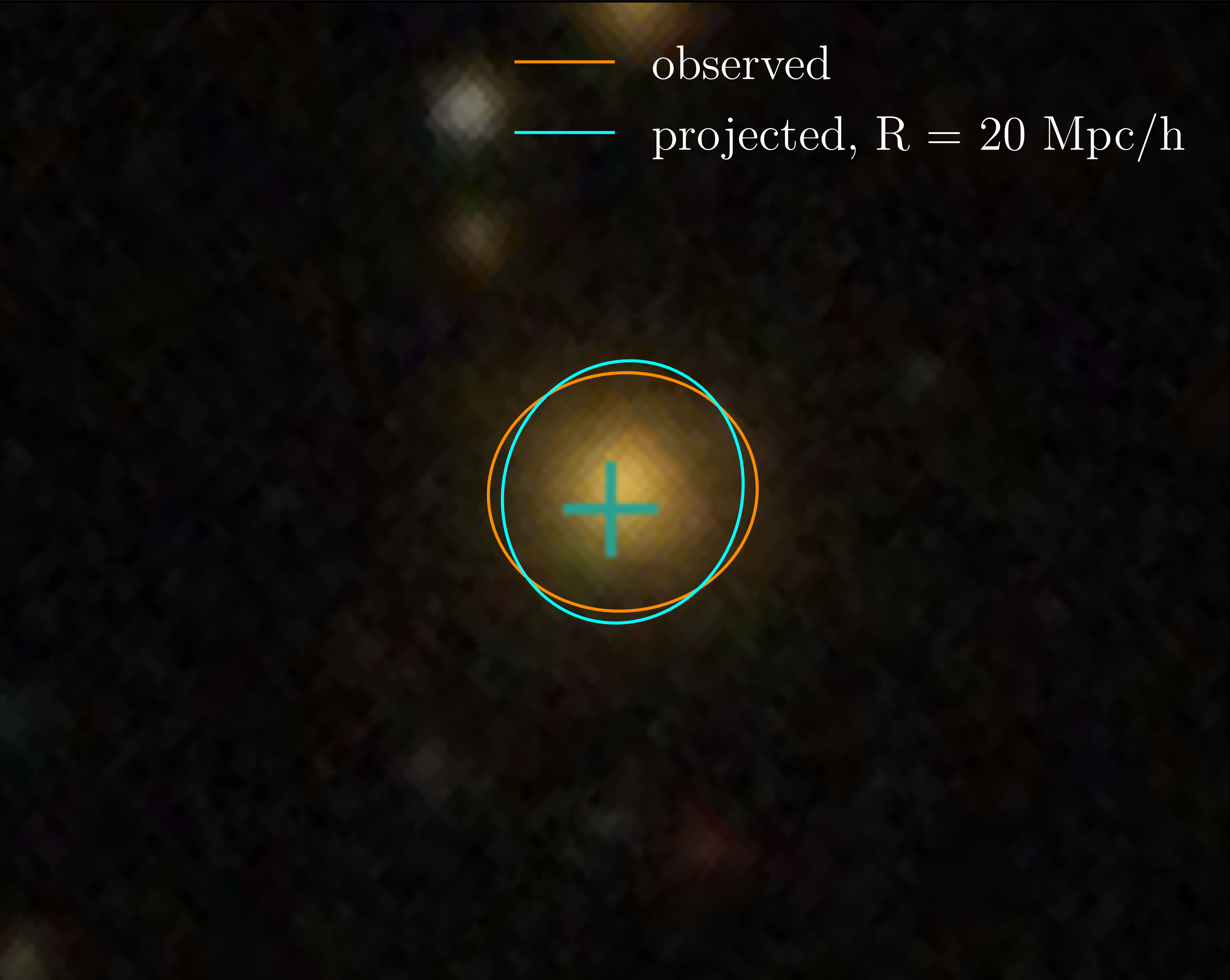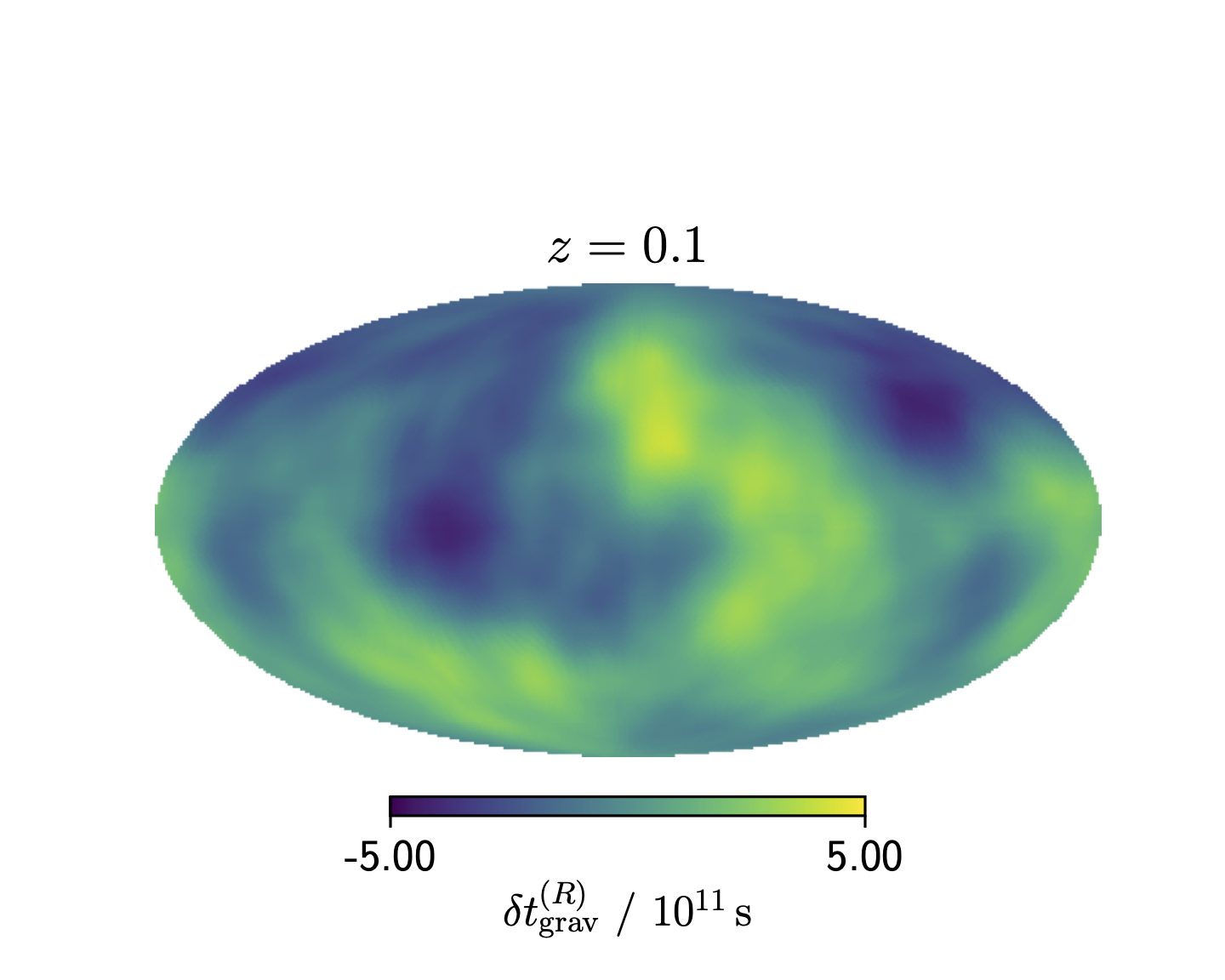Our mission
We are an international collaboration of researchers interested in developing and applying cutting-edge statistical inference techniques to study the content and properties of our Universe. We embrace the latest innovations in information theory and artificial intelligence to optimally extract physical information from data and use derived results to facilitate new discoveries.Get notified when new results are published @AquilaScience
Our latest results
Constraining dark matter annihilation and decay in large-scale structures
The identification of dark matter is a crucial task of modern physics. We present a full-sky, field-level search for dark matter annihilation and decay in the large-scale structure of the nearby universe, exploiting more information than conventional analyses targetting specific objects. We find no evidence for such effects, placing new constraints on the rates of dark matter interactions.
Field-level inference on galaxy intrinsic alignment
Elliptical galaxies tend to align with the large scale structures for two reasons: through intrinsic deformations and tilting during their formation or gravitational weak lensing. Here, we constrain the intrinsic alignment for luminous red giants in the SDSS3-BOSS sample, using 3D tidal fields constrained with forward modeling of SDSS3-BOSS data. We have found 4σ evidence of intrinsic alignment at 20 Mpc/h.
Is the speed of light energy dependent?
High energy astrophysical transients at cosmological distances allow us to test the fundamental assumptions of the standard models of cosmology and particle physics, such as the Weak Equivalence Principle, Lorentz Invariance or the massless nature of the photon. A violation of any of these would result in energy-dependent arrival times for photons from distant sources. We forward model these time delays for gamma ray bursts using the BORG SDSS-III/BOSS reconstruction and compare to data to constrain the quantum gravity energy scale, the mass of the photon, and violations of the Weak Equivalence Principle.


